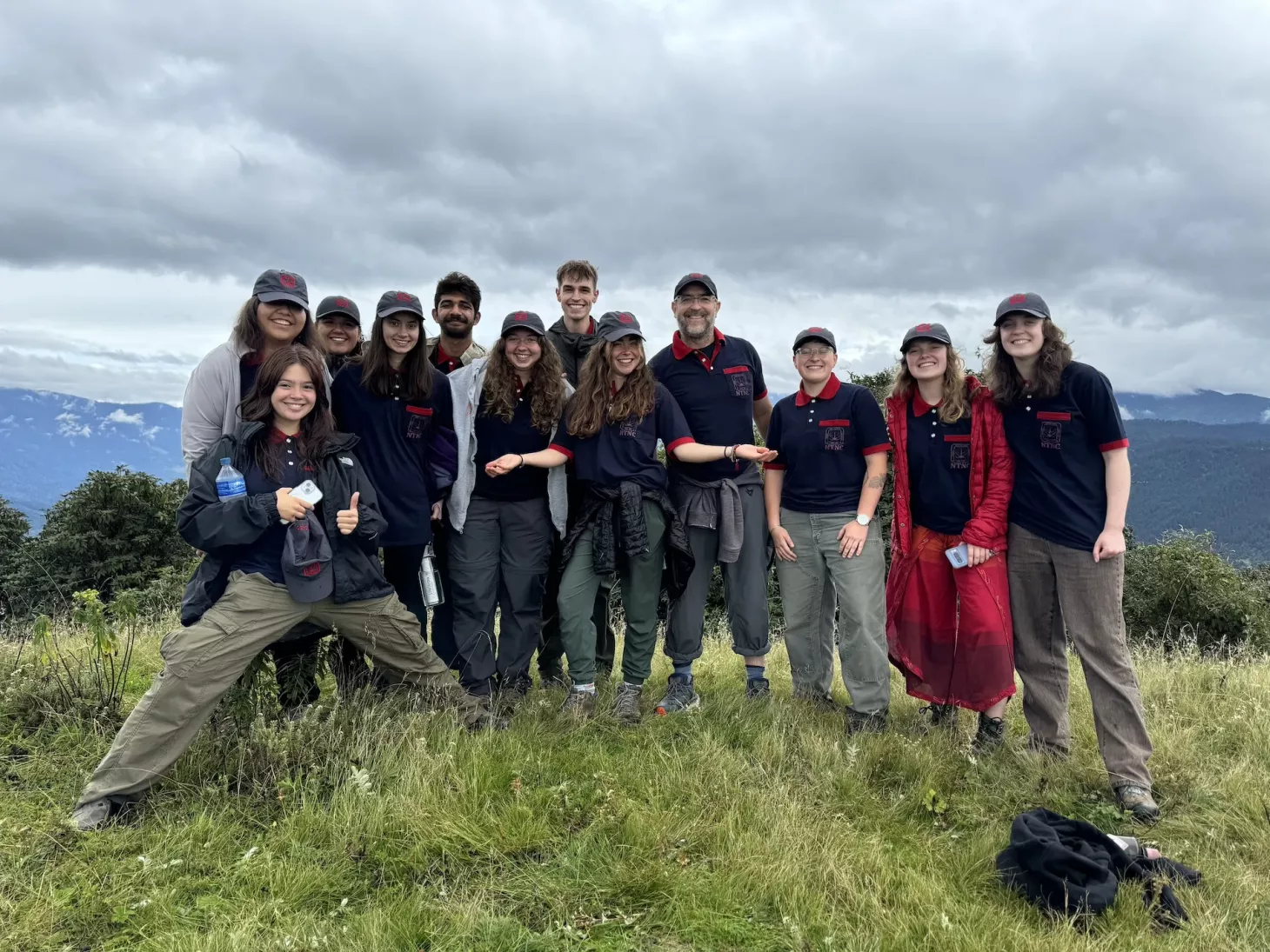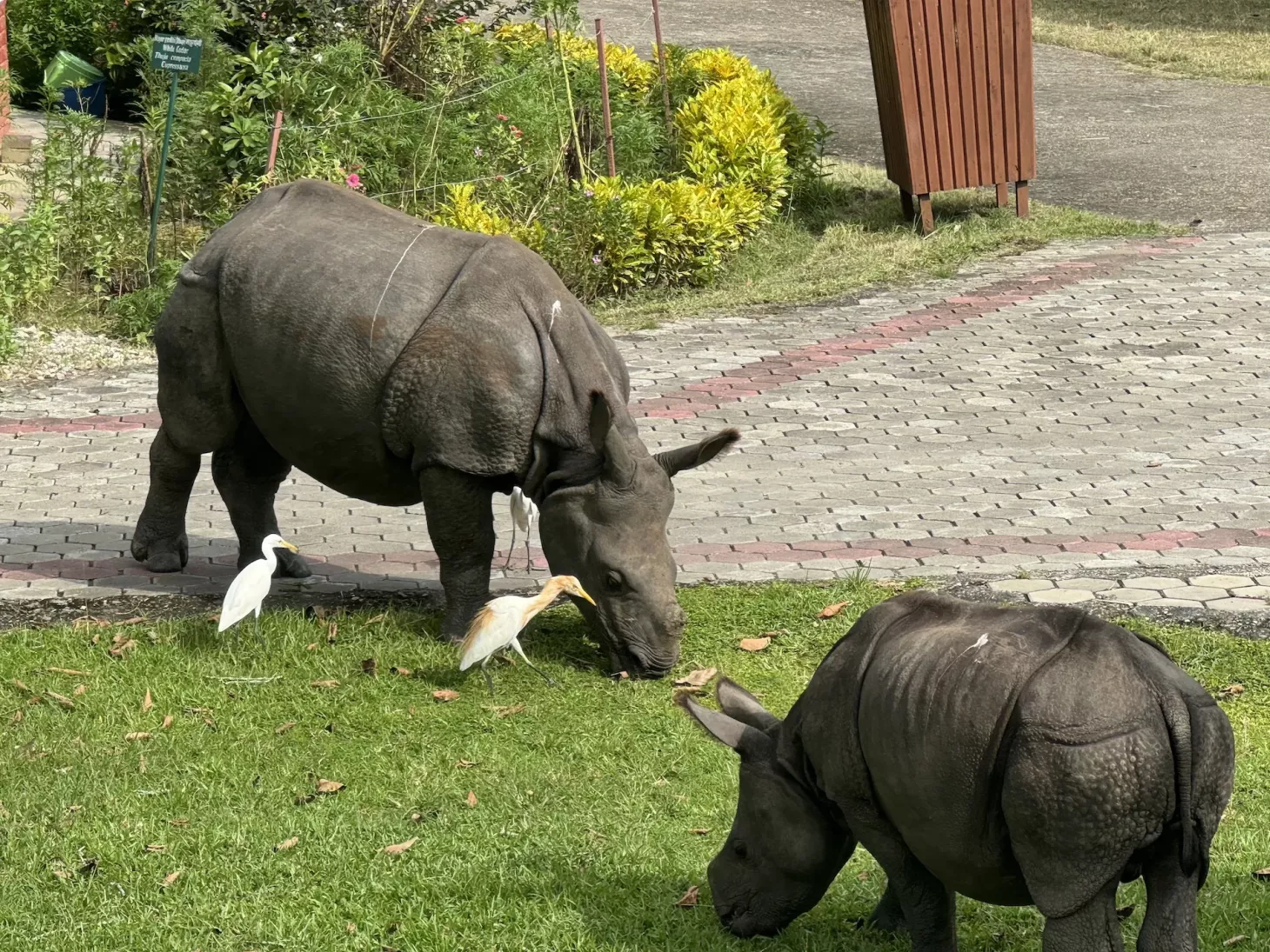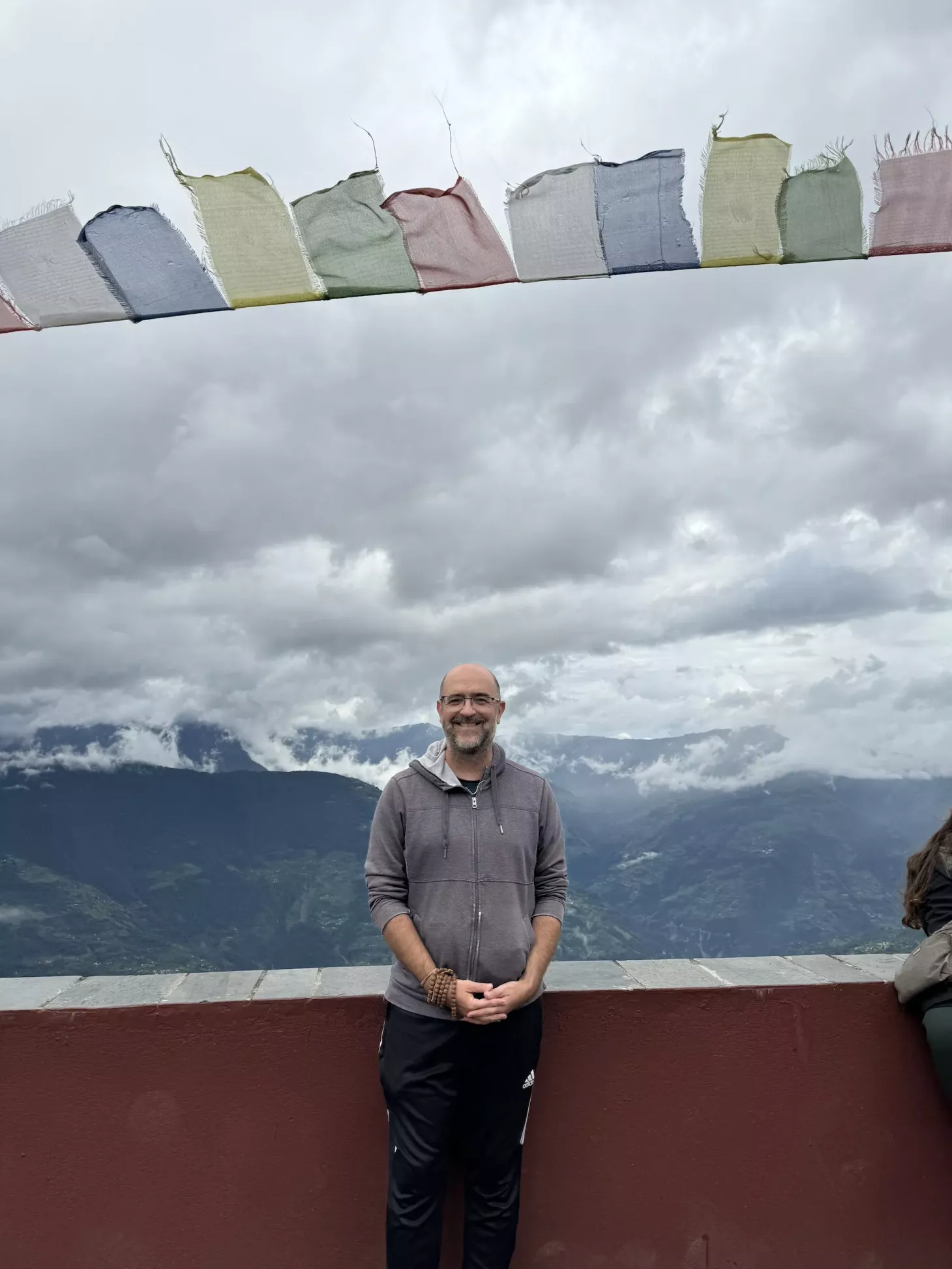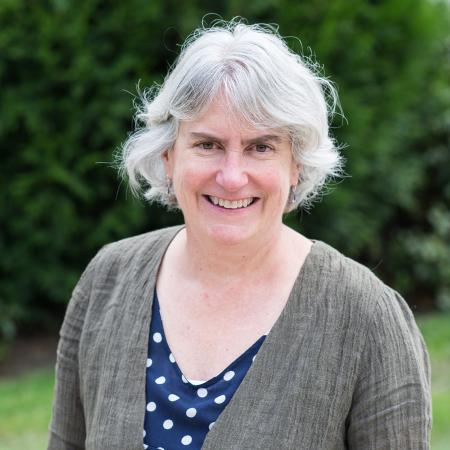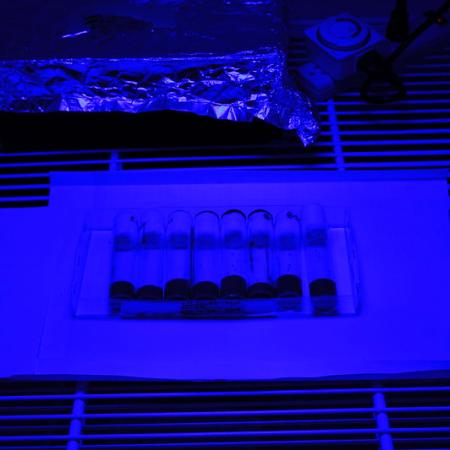This article originally appeared in OSU Today.
Dee Denver is a professor and head of the Department of Integrative Biology in the College of Science, where his lab investigates biodiversity and genetics through integrated scientific and philosophical approaches. He led a study abroad program in Nepal in September.
Where were you working?
I was in Nepal in September. We spent time in Kathmandu, in Chitwan National Park in the lowlands, and also the Gaurishankar Conservation Area in the Himalayas.
What languages are spoken there?
Nepali is the main language of Nepal, though there are more than 100 languages spoken by different communities around the country.
What was the focus of your work?
I was multi-tasking. I led an OSU study abroad group for a program called “Intersections of Biodiversity and Buddhist Cultures in Nepal,” and also did some research. Brenna Prevelige, a Ph.D. student who helped me lead the program, was doing research on how Buddhist communities in Nepal use mushrooms for different medicinal and cultural uses. We also brought an exciting new DNA sequencing technology, Oxford Nanopore, along with us and were able to do a little bit of snow leopard DNA sequencing while we were there.

